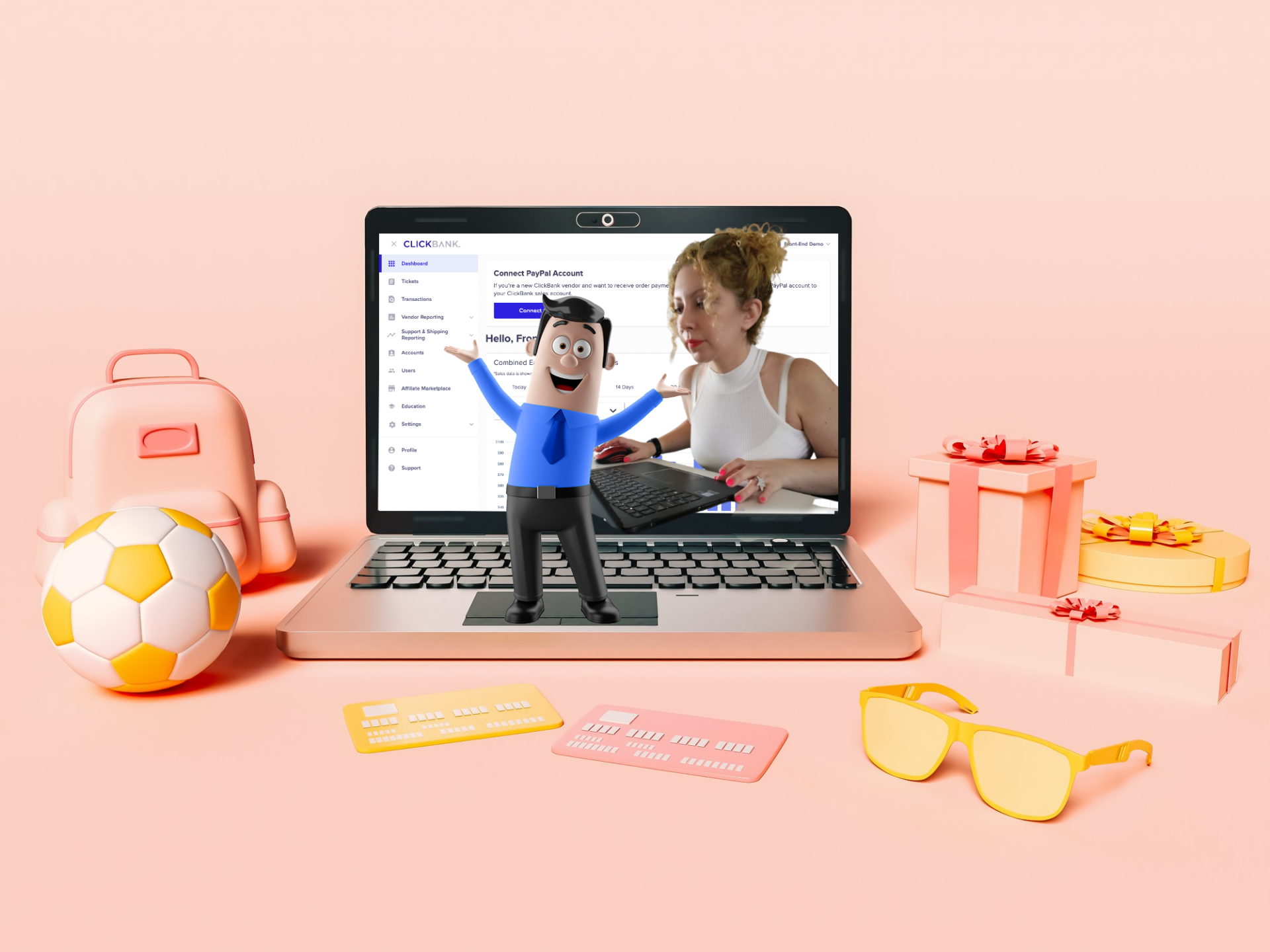
More and more companies are embracing the Agile working method. We have also been working according to this method for some time and we have noticed that Agile provides good results. We have better insight into the behavior of the customer, so we can achieve results faster. Previously we wrote long functional designs, we started building and upon completion, we found out that the online shop did not meet the wishes of the visitor. Adjustments to make up for the ‘damage’ then cost a lot of extra money.
In good spirit to get started…
By no means any e-commerce organization works according to this method: project teams are starting with good courage with the construction of a new webshop. Internally, a list of requirements is compiled and stakeholders (read: members of the board) are involved in the demo, but the end customer is not visible during the process. With the end customer, I mean, in addition to the visitors of the eshop, also the employees within the organization who will work with the system to be delivered.
And then…
After going live, the e-shop does not seem to perform well, in other words: it does not meet the expectations of the end customer. How do you prevent that now? By involving the end customer in the design and development of the online store, you will receive immediate feedback that you can use to build only those functionalities that the end customer asks for, responds positively and works well.
Below I give you some tips on how you can involve the end customer during the entire process:
1) Go into the conversation!
Go into conversation with your clients through interviews and observations (preferably on location), analyze the behavior on the current website and ask questions via survey forms on your current website. This way you get a good picture of the daily practice and the needs of your customers. Then translate this input into personas and customer journeys. Personas help you to think of the end customer and customer journeys give you insight into the need and touchpoints per phase. Through these insights, you are able to provide the end customer with the right content and functionalities, at the right time and through the right channel.
2) Involve your customers
Involve your customers in drawing up the requirements (backlog) based on their daily work and the different phases of the customer journey. Translate this jointly to a design or a paper prototype. Nordstrom illustrates this in a nice way with his case study Sunglass iPad App.
3) Manage expectations clearly
Determine at the start of the development process how and when you will inform the end customer and the internal organization and involve them in the development. Involvement is important to get feedback as soon as possible. Besides being present at the demo, it is also important to get the end customer to work as early as possible and to monitor what they do through user testing. In this way, you gain insight into whether the built functionalities meet the needs of the end customer.
4) Start small, then build out
Build the application from the base and then expand it further. During the demo, ask the question whether the built-in functionality is sufficient to put the application life and, if not, what is missing. In this way you prevent functionalities being built that are not used or that are not even missed.
5) Live as soon as possible
Try to go live as quickly as possible and analyze the behavior of the end customer on the basis of real data, ask feedback and perform A / B tests. The sooner you go live, the faster you see what works and what does not work. By starting from real data instead of gut feeling, you increase the chance of success.
By putting the end customer at the center of development and by testing solutions on a regular basis with the target group, you receive immediate feedback and are able to adjust during the process. This increases the chance of delivery of a successful, profitable eshop.
What are you waiting for?









